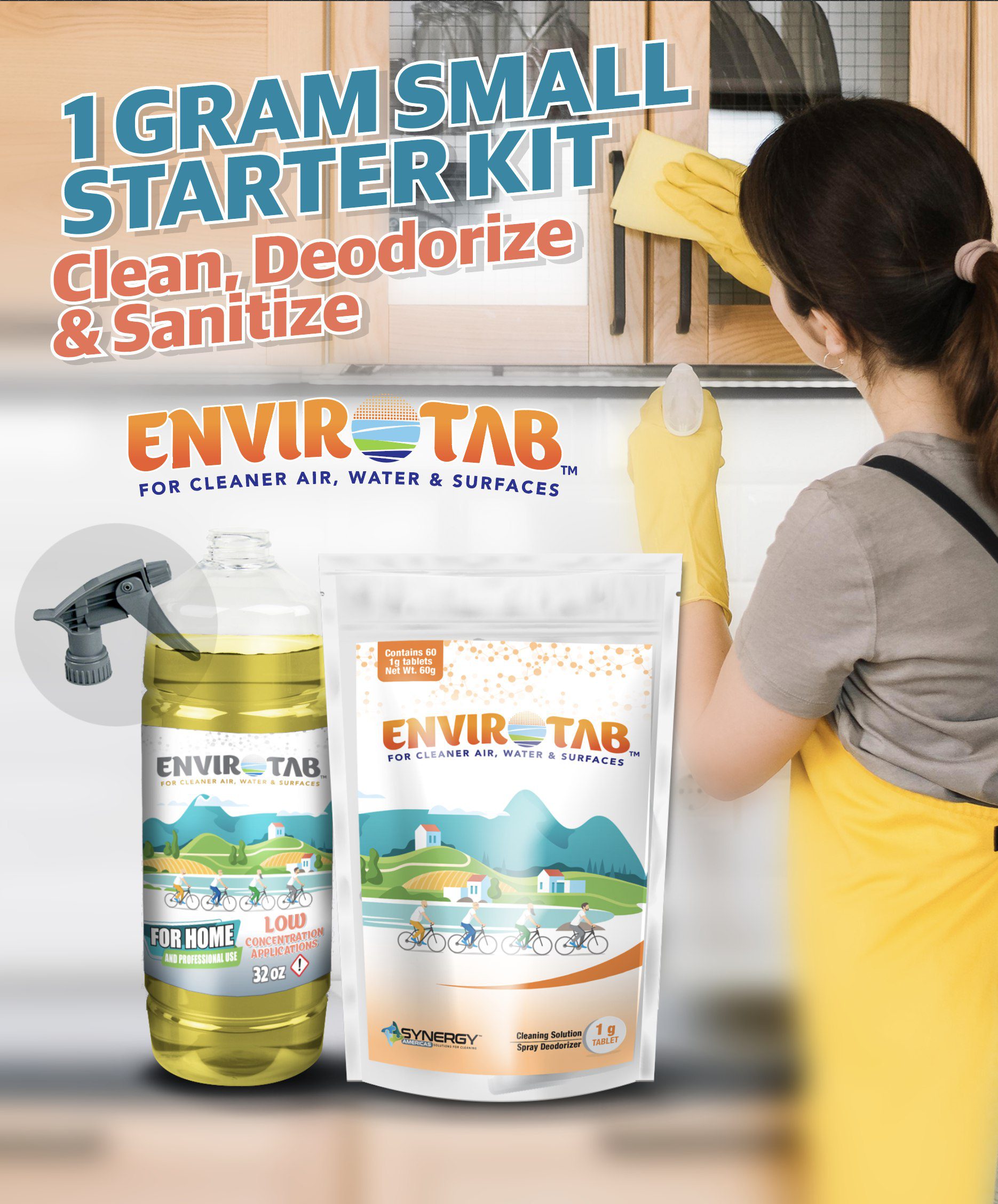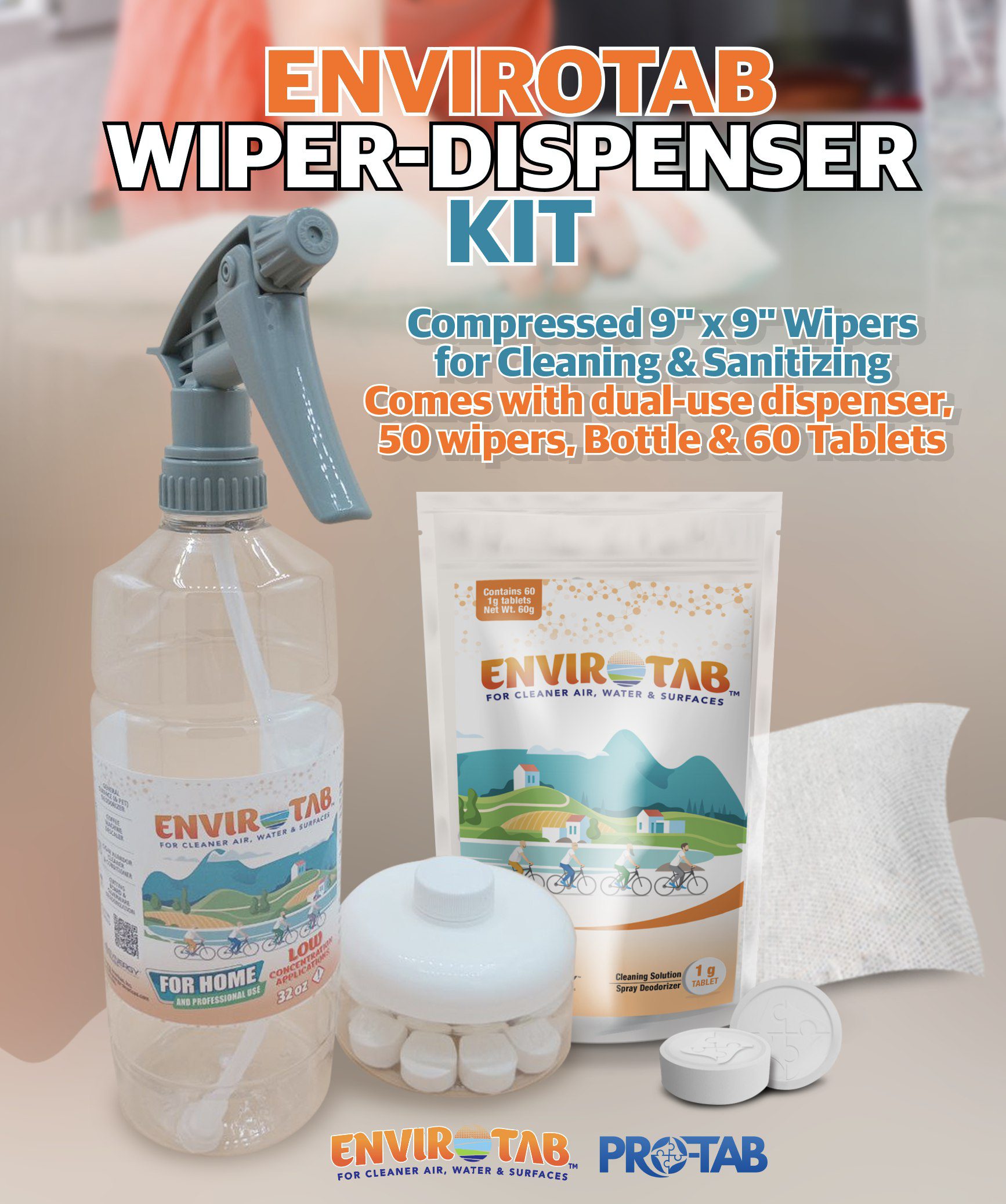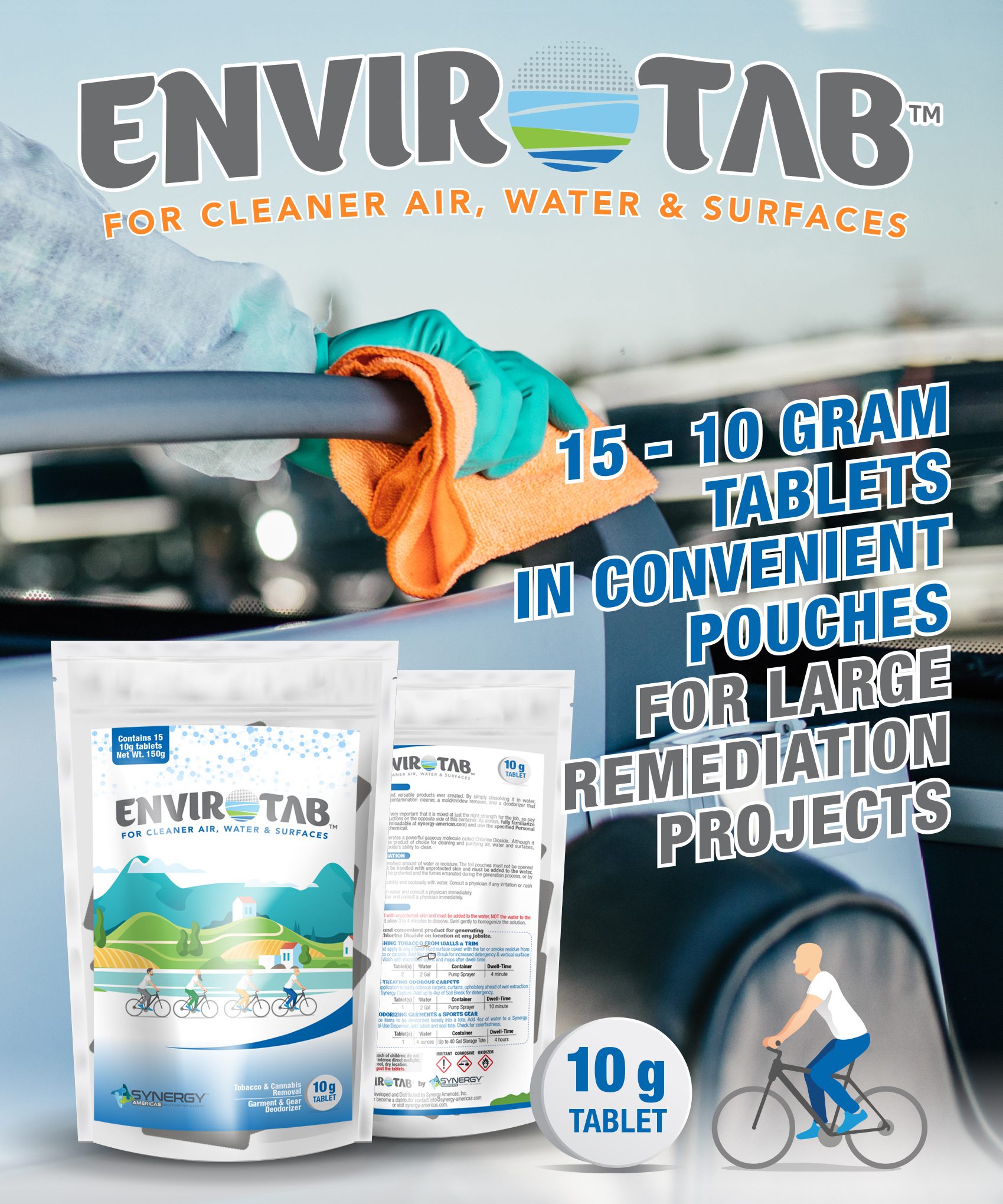{{brizy_dc_post_title}}
{{brizy_dc_post_excerpt}}
{{brizy_dc_post_content}}
Find the Product That's Right For Your Need!
Tablets and secondary dispenser for cleaning, deodorizing or sanitizing virtually any surface in your home or office.
The ultimate deep cleaning kit for tackling mold or mildew inside or outside of your home, boat, RV or anywhere!
Our SUPER Space Deodorizer, use it for autos, RV's, Campers, or single rooms in your house to remove odors & allergens.
The kit to beat all pop-up wipers! Prepare reusable-then disposable wipers and back them up with additional liquid solution.
Larger tablets to produce 2.5 gallons of cleaning-sanitizing solution, used predominantly by professional carpet cleaners.







